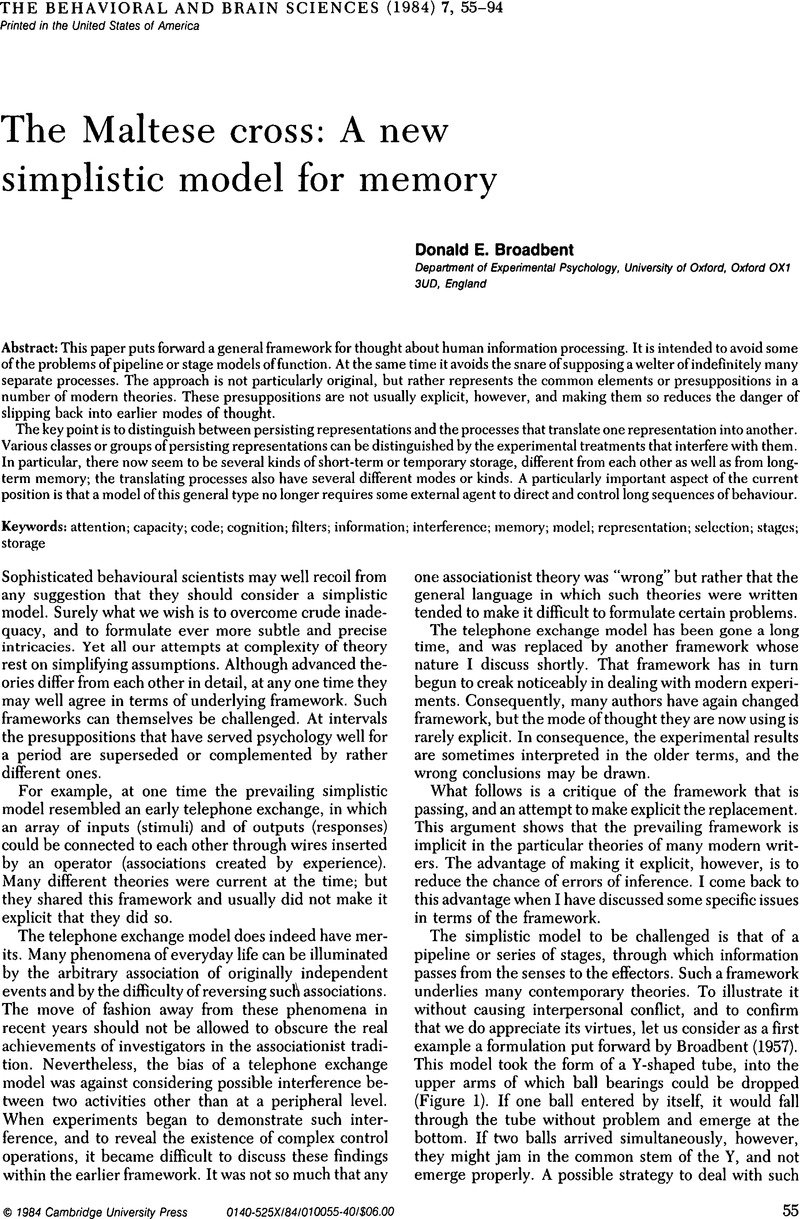Crossref Citations
This article has been cited by the following publications. This list is generated based on data provided by Crossref.
Martin, Maryanne
1985.
Neuroticism as predisposition toward depression: A cognitive mechanism.
Personality and Individual Differences,
Vol. 6,
Issue. 3,
p.
353.
Martin, Maryanne
1990.
On the induction of mood.
Clinical Psychology Review,
Vol. 10,
Issue. 6,
p.
669.
Hipwell, A. E.
Reynolds, S.
and
Pitts Crick, E.
2004.
Cognitive vulnerability to postnatal depressive symptomatology.
Journal of Reproductive and Infant Psychology,
Vol. 22,
Issue. 3,
p.
211.





